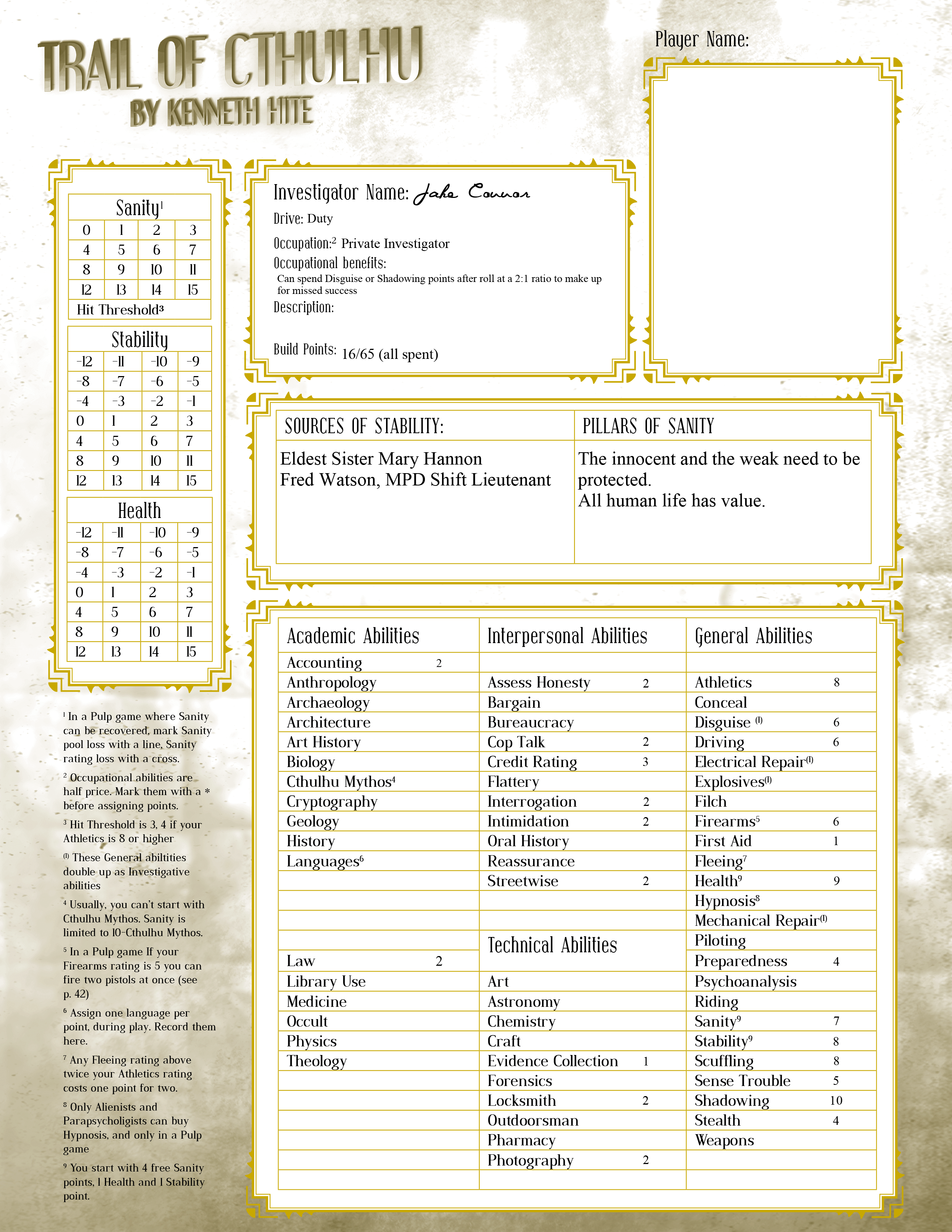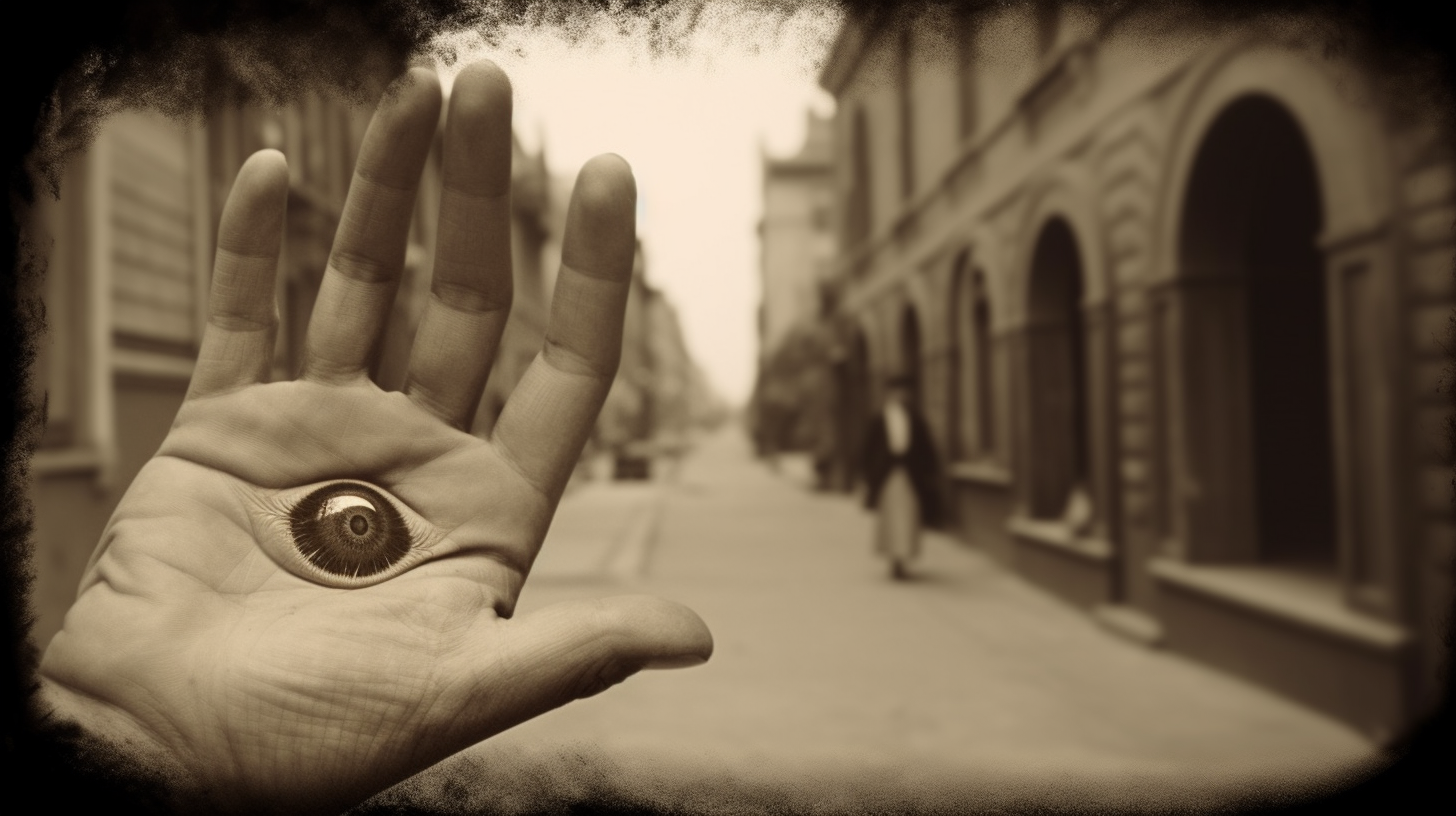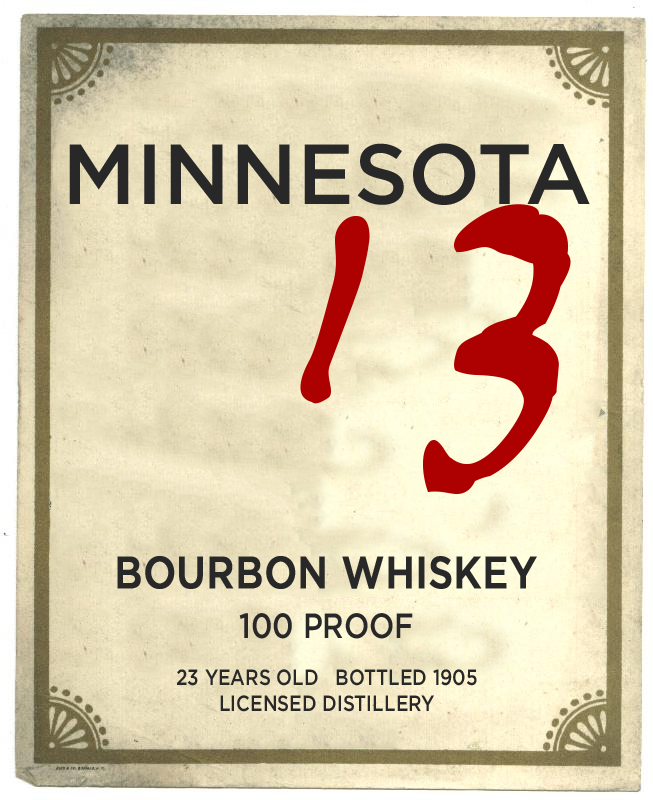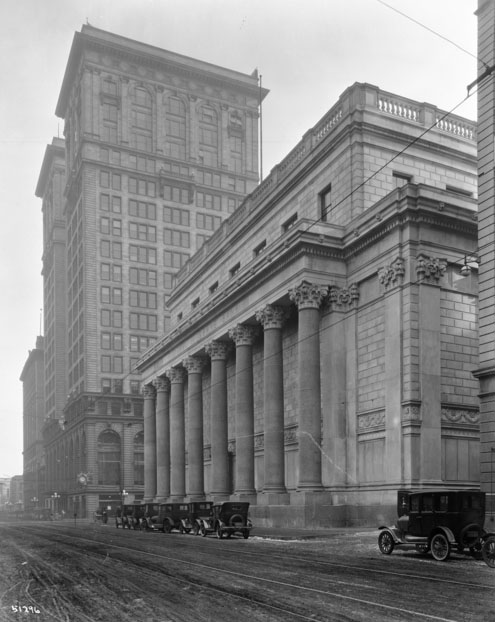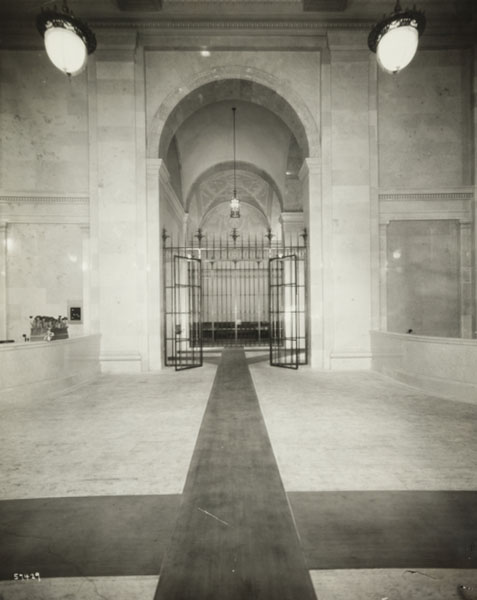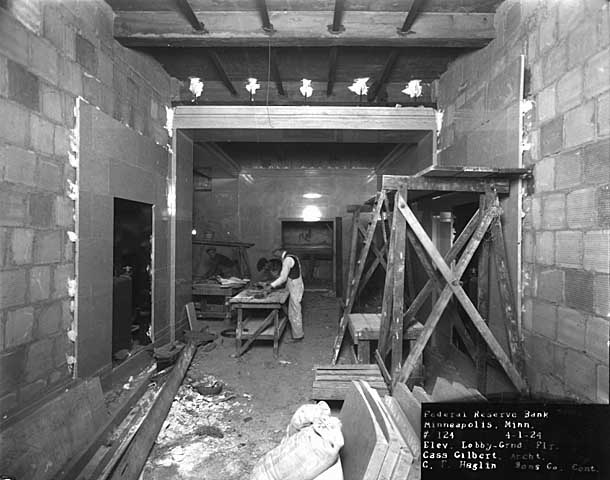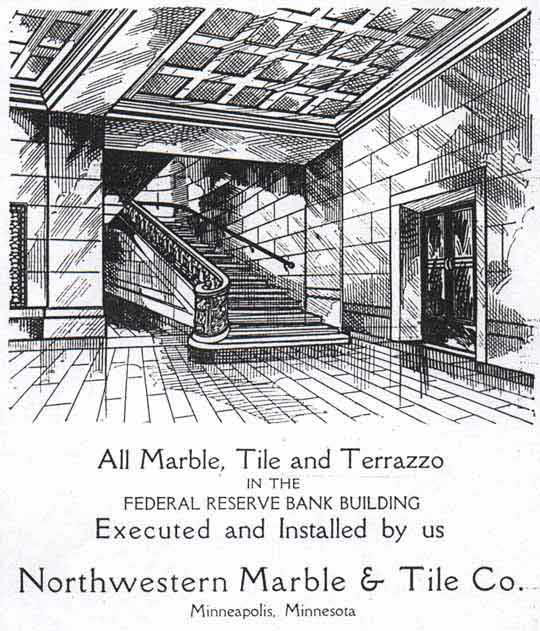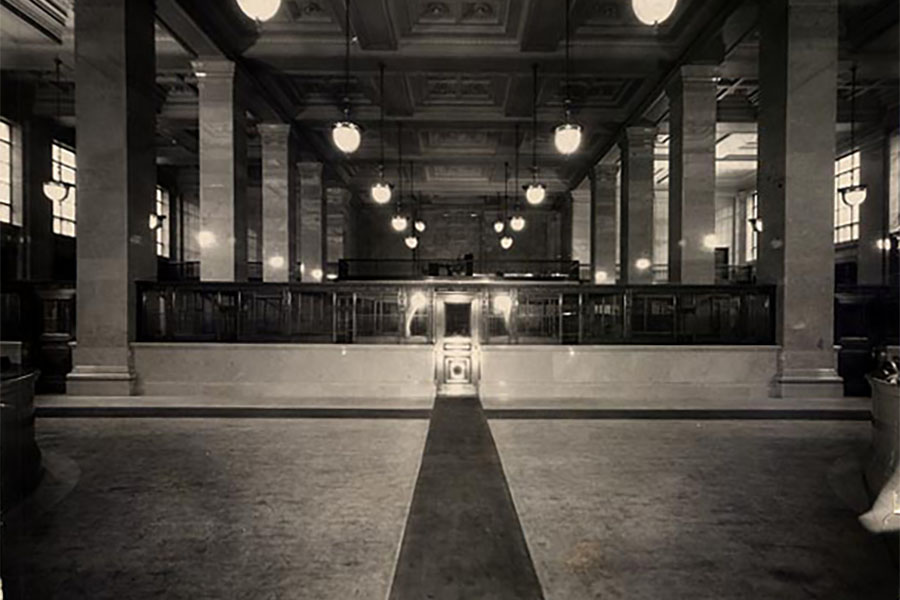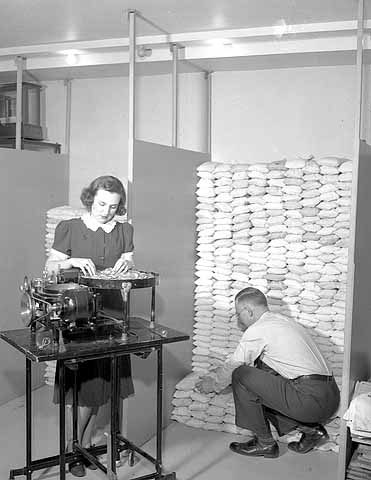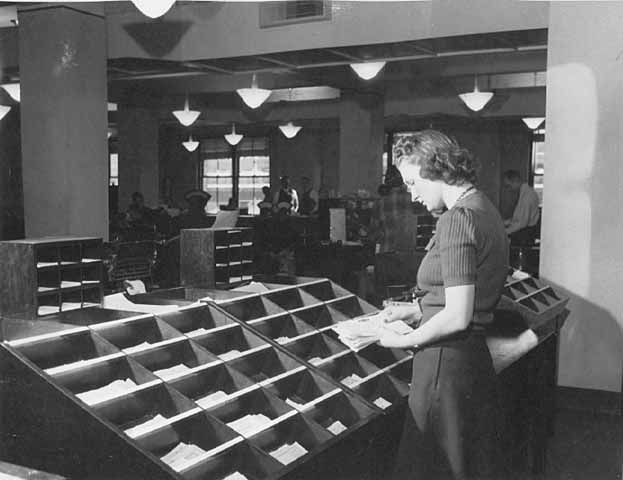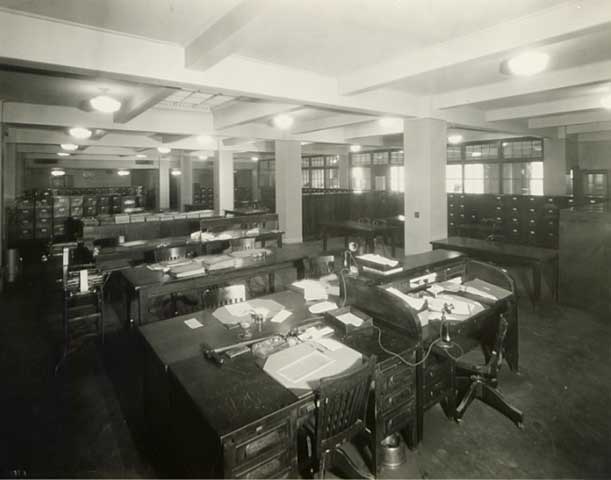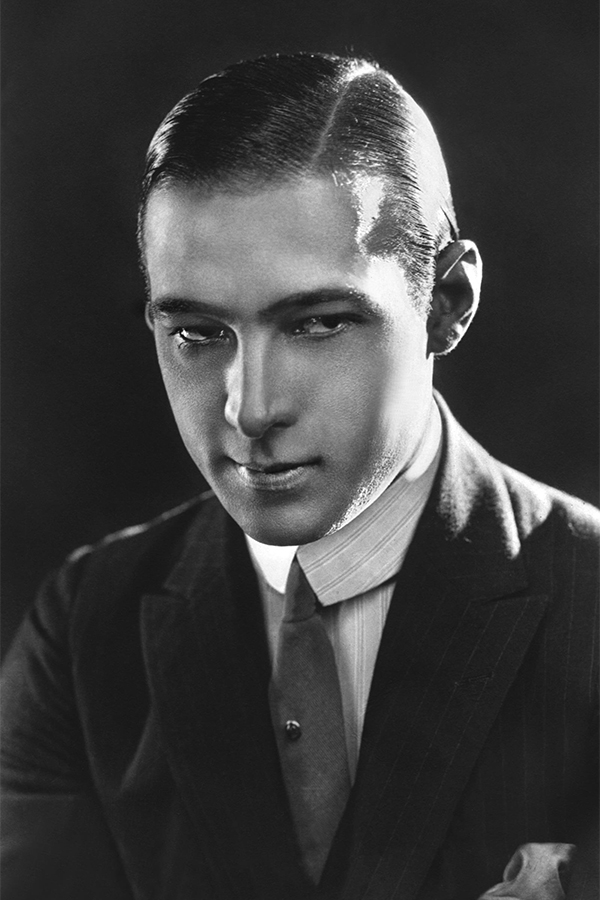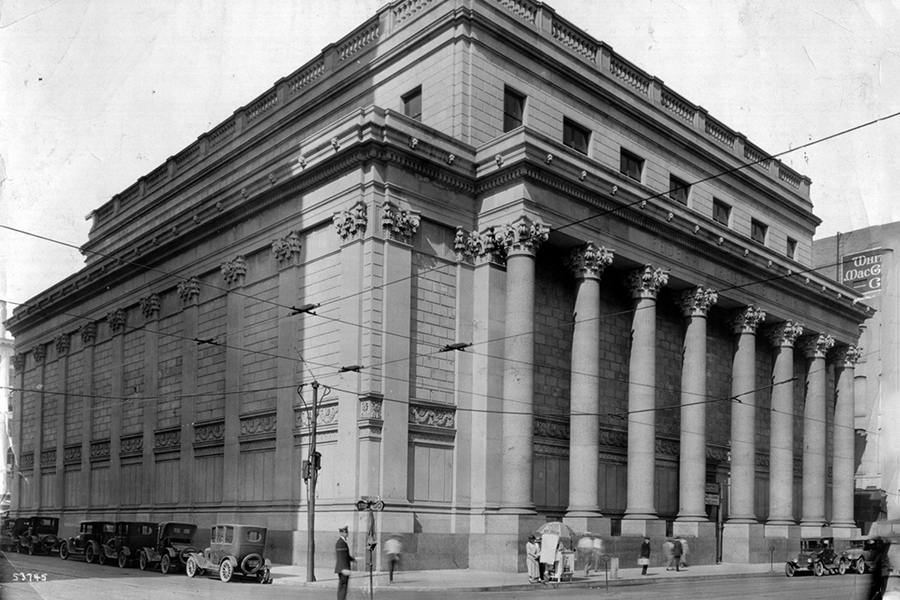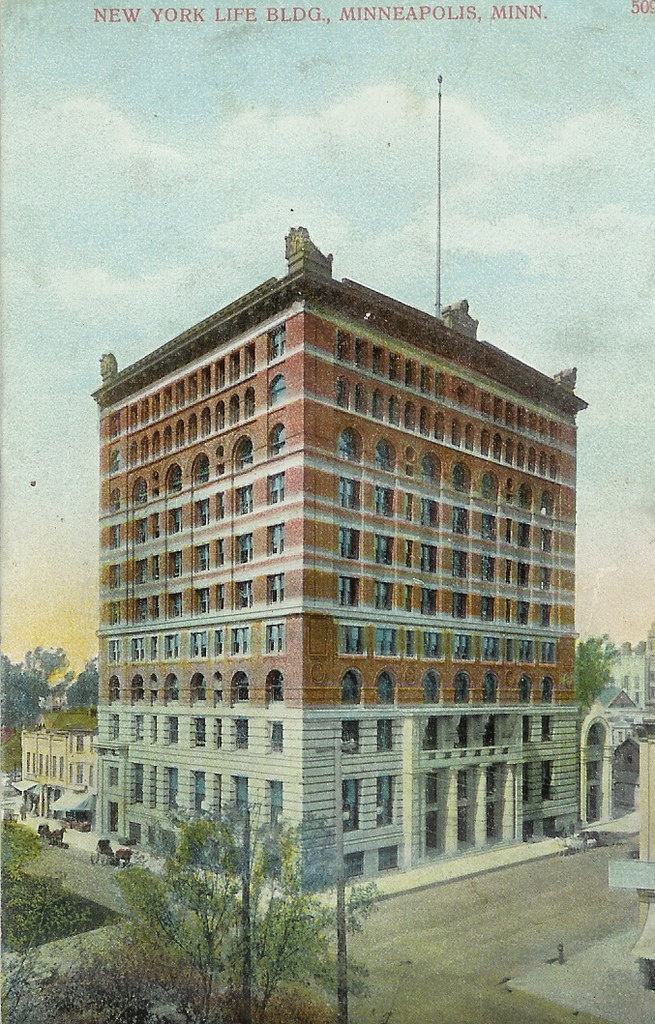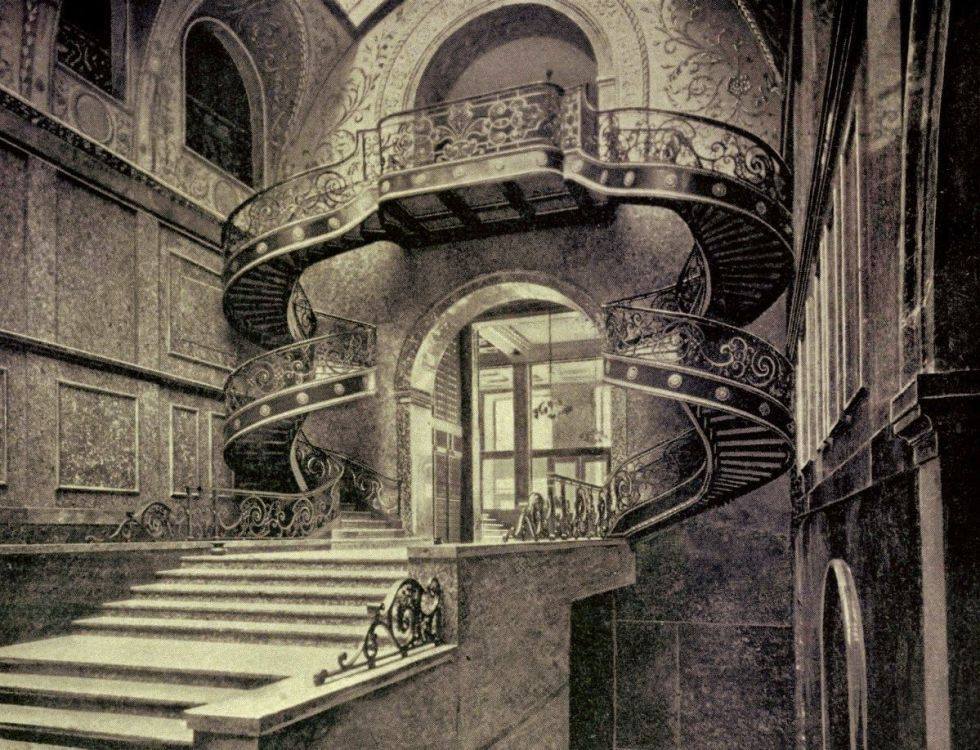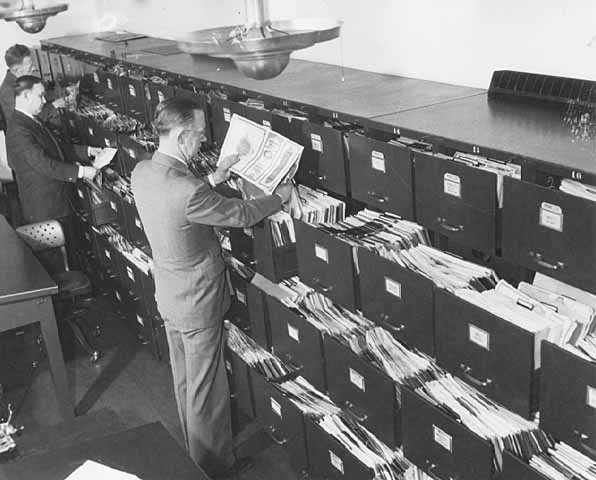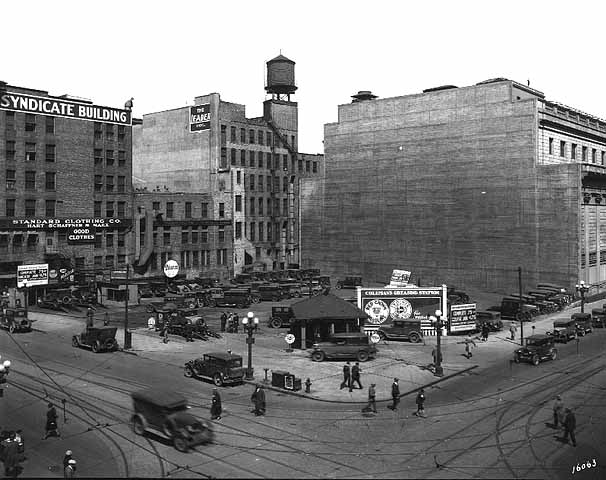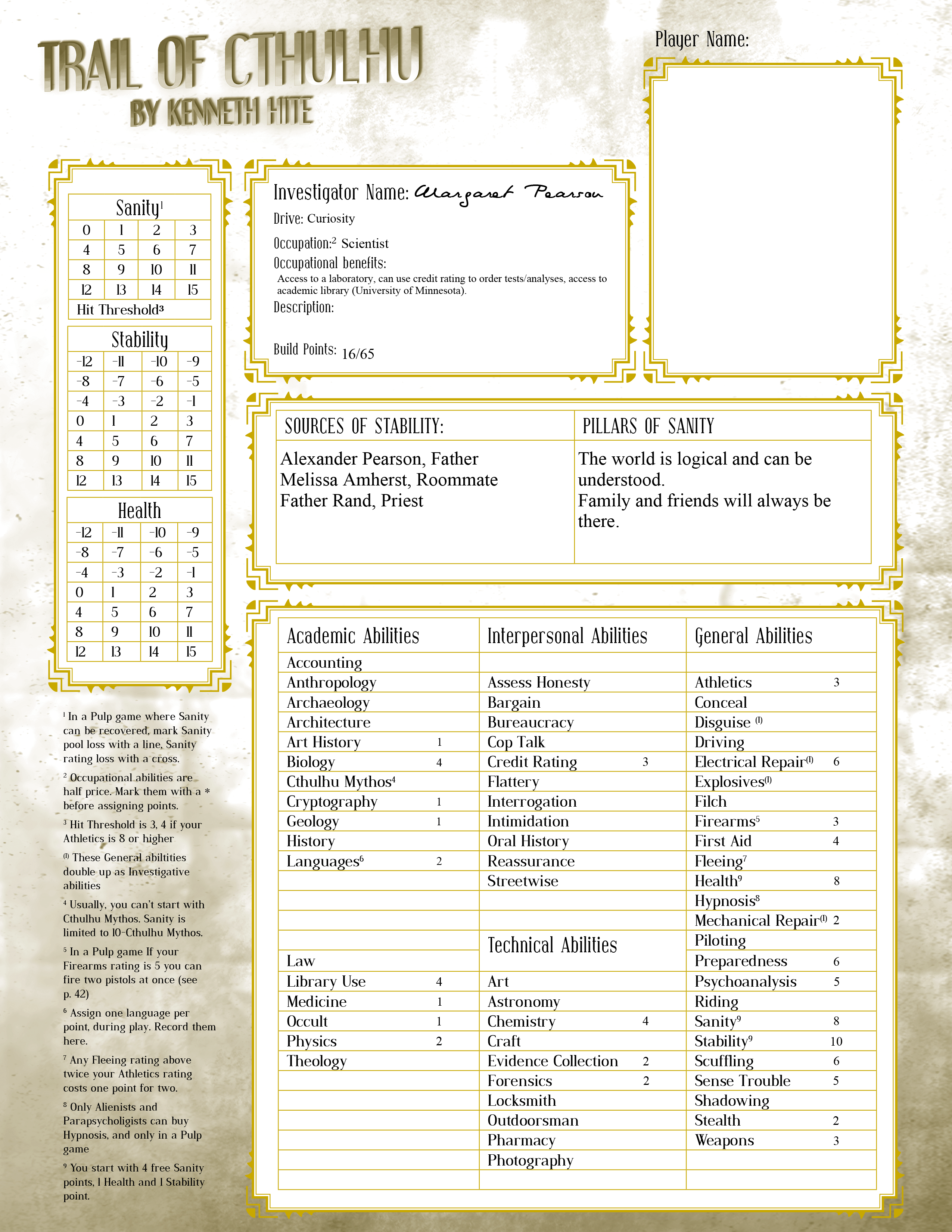
Character Backgrounds by Chris Malone
FATHER GUSTAV, CLERGY
Age: 60
Gustav Rand was born in Austria in 1865, the youngest boy in a large Catholic Family. With little opportunity to distinguish himself above his brothers and sisters, he went to Seminary more as an eventuality than as a passion. It wasn’t until he joined the Jesuit order that he found some semblance of a calling, travelling the world as a missionary. Helping those in need and facing dangers with strength and faith connected him more to God than any scripture or devotional did. His diligence and fortitude recommended him for some of the most extreme places in the world, as he traveled to Ethiopia, Brazil, Guatemala, Australia, and other remote places.
As he aged and his body began to tire, he began to seek other opportunities to explore and express his faith. Father Rand’s exposure to numerous cultures granted him a degree of prestige within his order, and he could transition out of his missionary role and began a more scholarly calling. In 1913 Father Rand took a teaching position at Boston College, teaching archaeology and anthropology while undertaking various expeditions.
In 1919 he traveled with several students and faculty on one such expedition to Libya and the ancient city of Cyrene near modern Bengazi. It was here that Rand had his first encounter with obvious supernatural evil, as the unearthing of an ancient chamber resulted in release of an obviously violent entity that caused members of the dig to become violent and blasphemous. Only with the assistance of Maggie Pearson, a prodigal student, and the strength of will were you able to successfully perform an ancient rite uncovered in scrolls at the site and banish the foul creature. While many might have found these events a challenge to the faith, Rand found them affirming; he had always known supernatural evil exists. What ended up shaking his faith was the response of his Order. Upon filing a report and wishing to further examine the site and document the event, The Jesuit Order terminated the expedition and commanded Rand to destroy all evidence of what had happened, and commanded him to remain silent.
Rand did mostly as ordered, only retaining private notes and few of the scrolls that helped him bind and banish the creature. Shortly thereafter Father Rand left the Jesuit Order and petitioned to become a diocese priest. The Archdiocese of St. Paul had recently suffered significant attrition, and so he was assigned there. Father Rand quickly insinuated himself into several philosophical circles and serves as an occasional guest lecturer at local colleges. To his surprise, Maggie Pearson arrived in the Twin Cities several years after he did.
Through his connections to Max Bruener, a recent friend and lay student, Rand has found himself the most curious assistant in a private investigation firm run by Jake Connor. Several years ago you were approached by Max to help parse out some writings that were found at the scene of several disappearances. You helped identify the texts and continued with the case, surprised to find yourself again in the company of Maggie Pearson, who happened to be Jake’s cousin. The case was most unusual; two seemingly separate instances of a young man and a young woman disappearing led Jake and his companions to a secretive cult operating within the Freemasons that was engaging in human sacrifice in the name of some esoteric and foul deity. Jake and company acted quickly and rescue one of those who had disappeared (the other, sadly, was long dead) and bring the perpetrators to justice. Now the local police come to Jake and company with queries or leads into strange or occult cases.
RELATIONSHIPS
Jake Connor — Jake’s a veteran and a private investigator. Father Rand finds Jake’s passion and energy refreshing, but sometimes finds himself frustrated with Jake’s lack of introspection and philosophical inquiry. Regardless, Rand knows that Jake is courageous and respects his strength.
Maxwell Bruenner — Max is a wealthy young man in charge of a manufacturing business left to him by his father. Max came to Father Rand during a spiritual crisis, seeking answers to the things he saw during the War and trying to understand his place in a seemingly cruel world. Father Rand has helped to guide Max’s inquiry, encouraging exploration of the spiritual and the unseen, as opposed to coercing or suggesting that he become a Catholic. This has formed a strong bond between the two. The only real point of contention is Max’s vocal agreement and support of Prohibition, a point which you two disagree upon, but you feel much less passionate about. You took on vows of poverty and celibacy, not sobriety.
Maggie Pearson — You first met Maggie in 1917 when she was a student in your Early Religions course at BC. An apt student with energy and passion, you quickly became fond of the young girl distinguishing herself in a place that only just started allowing women to attend. On the Libya expedition, she handled herself smartly, helping you eradicate the entity before it could cause serious harm. Since your reintroduction to her in St. Paul you see her regularly, either when working cases with her cousin or on your regular Wednesday luncheons.
MARGARET “MAGGIE” PEARSON, SCIENTIST
Age: 26
Maggie grew up in Boston, the eldest of four daughters, in a middle-class family, her father a dentist with her mother at home. Showing a strong mind with an aptitude for critical thought and quick wits, she claimed a place among the first class of female students at Boston College. Despite the hostile environment, oppressive curfews, and constant scrutiny from the administration, Maggie thrived in an environment that rewarded her intellect and provided her new experiences. Virtually all her professors were inimical towards her, save for one notable exception.
Her freshman year met Father Gustav Rand, a Jesuit who was teaching archaeology and anthropology. He treated her fairly and with praise and encouragement, showing her respect and deference that few others would. Even when not studying under Father Rand, Maggie would regularly meet with Father Rand and discuss her studies.
In 1919 Rand invited Maggie on an expedition to Libya. With much cajoling, pleading, and threatening Maggie convinced her father to allow her to go, and it was there that she faced a life-changing event. During the dig at Cyrene, near modern Bengazi, strange things began to happen. Workers and other students acted violently, and several people became hurt. After a horrifying experience where she felt the alien presence of some foul thing pressing into her mind, Maggie convinced Father Rand that a supernatural threat was present. Working together, Maggie and Rand used some ancient scrolls and a bit of alchemical knowledge to destroy the entity. Maggie returned to BC shaken, but confident in her strength and ability.
Shortly afterward, Father Rand left the Jesuit Order and Boston College. While upsetting, this event only spurred Maggie on to finish her bachelor’s degree and leave that place. Following her graduation from BC, she managed to land a graduate position at the University of Minnesota, where she teaches and studies today in pursuit of her doctorate in the Sciences. Her decision to move to Minnesota was partly prompted by the fact that her father refused to let her go somewhere without family, especially without a strong male presence to guide her to make sure she remains virtuous. To this end, her cousin Jake Connor serves as a chaperone and confidant. A larger part of her decision was informed by her correspondences with Father Rand, and her desire to reconnect with him.
About two years ago Maggie began helping her cousin Jake with the private investigation business that he owns and runs. During an odd case involving the disappearance of a couple of seemingly unconnected people, Maggie identified a rare sedative used on both victims, and used her resources to find the supplier (and purchaser) of that sedative. The case turned strange, as the two people who disappeared were involved with an inner sect of the Freemasons, which turned out to be pursuing occult ritual and human sacrifice. You and the others were able to disrupt the ritual and stop them, but only after one of the kidnapped victims were killed. Since then you have been learning how to handle yourself in a fight and have helped Jake from time to time.
RELATIONSHIPS
Jake Connor — Your cousin Jake is a veteran of the War and a private eye. He is protective of you and at times seems to regret his decision to involve you in his line of work. You love him, but he can sometimes frustrate you with his superficial thinking. His vehement anti-Prohibition rhetoric can sometimes get tiresome as well, as you find that the need to drink is a silly diversion from rationality.
Maxwell Bruener — Max is Jake’s friend and helps on cases sometimes. While he seems kind and gentle, you have seen his strength and courage during the Freemason case when he charged into a room full of cultists and fought them off with his bare hands. His philosophical inquiries are engaging, and overall you find him a pleasant enough fellow to spend time with.
Father Rand — Father Rand is more than a mentor or a professor to you, he is your confidant and guide. At times you have wondered if you might have more than a reasonable amount of affection towards him, but you quickly squash these thoughts with study and diversion.
DOWNLOAD THE CHARACTER SHEETS
(PDF)
If you enjoyed The Left Hand of Mythos, please consider becoming a patron.
Patrons have exclusive access to a PDF collection of the adventure (including prop pack and other bonus material).


